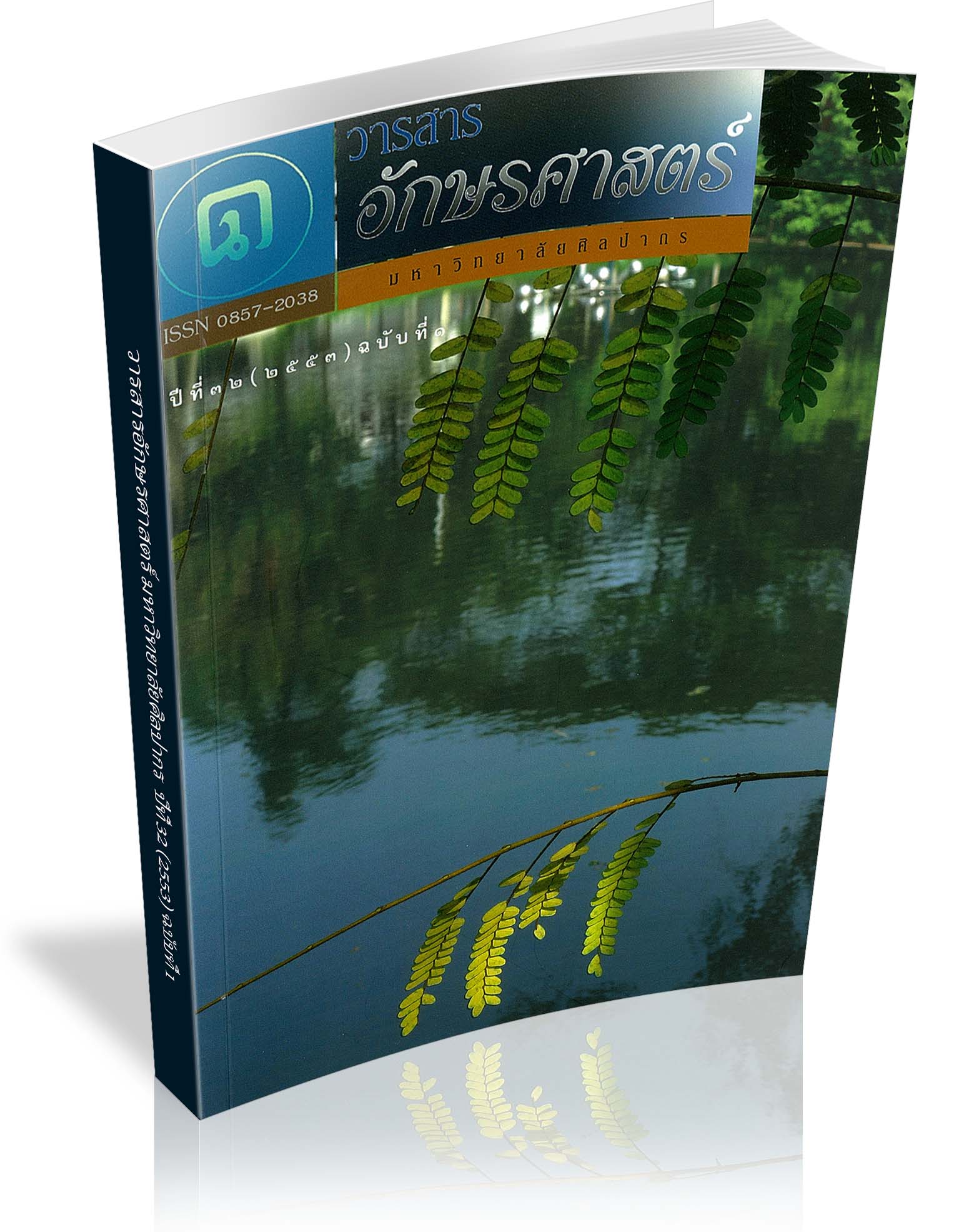Translation Techniques In Raiyao Mahavessantarajataka By Prince Paramanujitajinorasa For Accordance With The Composition Period
Keywords:
translation, perception, communication, persuasiveAbstract
The purpose of this article is to study Prince Paramanujitajinorasa Raiyao Mahavessantarajataka written by Prince Paramanujitajinorasa regarding translation techniques and persuasive communication comparing it with the Atthakatha version. The study found the Prince used translation techniques namely addition, amplification, detail alteration, and persuasive strategies including explanation and comparison. These techniques are used to highlight the importance of Dana, Metta, Sila, and righteousness. These messages are in accordance with the social context of King Rama III to cultivate public morality and charity. This study reveals the role of the literature as a tool for religious instruction as well as a tool for sustaining society.
Downloads
References
ณัฐวุฒิ สุทธิสงคราม. พระประวัติและพระนิพนธ์ของสมเด็จพระมหาสมณเจ้ากรมพระปรมานุชิตชิโนรส. พระนคร : สํานักพิมพ์วัฒนาพานิช, ๒๕๐๕.
ดํารงราชานุภาพ, สมเด็จพระเจ้าบรมวงศ์เธอ กรมพระยา. ประวัติบุคคลสําคัญ. กรุงเทพฯ : บรรณกิจ, ๒๕๓๑.
นิธิ เอียวศรีวงศ์. ปากไก่และใบเรือ : รวมความเรียงว่าด้วยวรรณกรรมและประวัติศาสตร์ต้นรัตนโกสินทร์. กรุงเทพฯ : อมรินทร์การพิมพ์, ๒๕๒๗.
ปรมานุชิตชิโนรส, สมเด็จพระมหาสมณเจ้า กรมพระ. “กุมาร ผูก ๘ พระนิพนธ์สมเด็จกรมพระปรมาฯ.” หอสมุดแห่งชาติ. สําเนากระดาษฟุลสแก๊ป. เลขที่ ๑๑๓ ม ๓๐.
ปรมานุชิตชิโนรส, สมเด็จพระมหาสมณเจ้า กรมพระ. “ชูชก ผูก ๕ พระนิพนธ์สมเด็จกรมพระปรมาฯ.” หอสมุดแห่งชาติ. สําเนากระดาษฟุลสแก๊ป. เลขที่ ๑๑๓ ม ๒๙.
Downloads
Published
How to Cite
Issue
Section
License
ผู้เขียนบทความต้องยินยอมในข้อกำหนดต่าง ๆ ของวารสารก่อนส่งบทความตีพิมพ์




